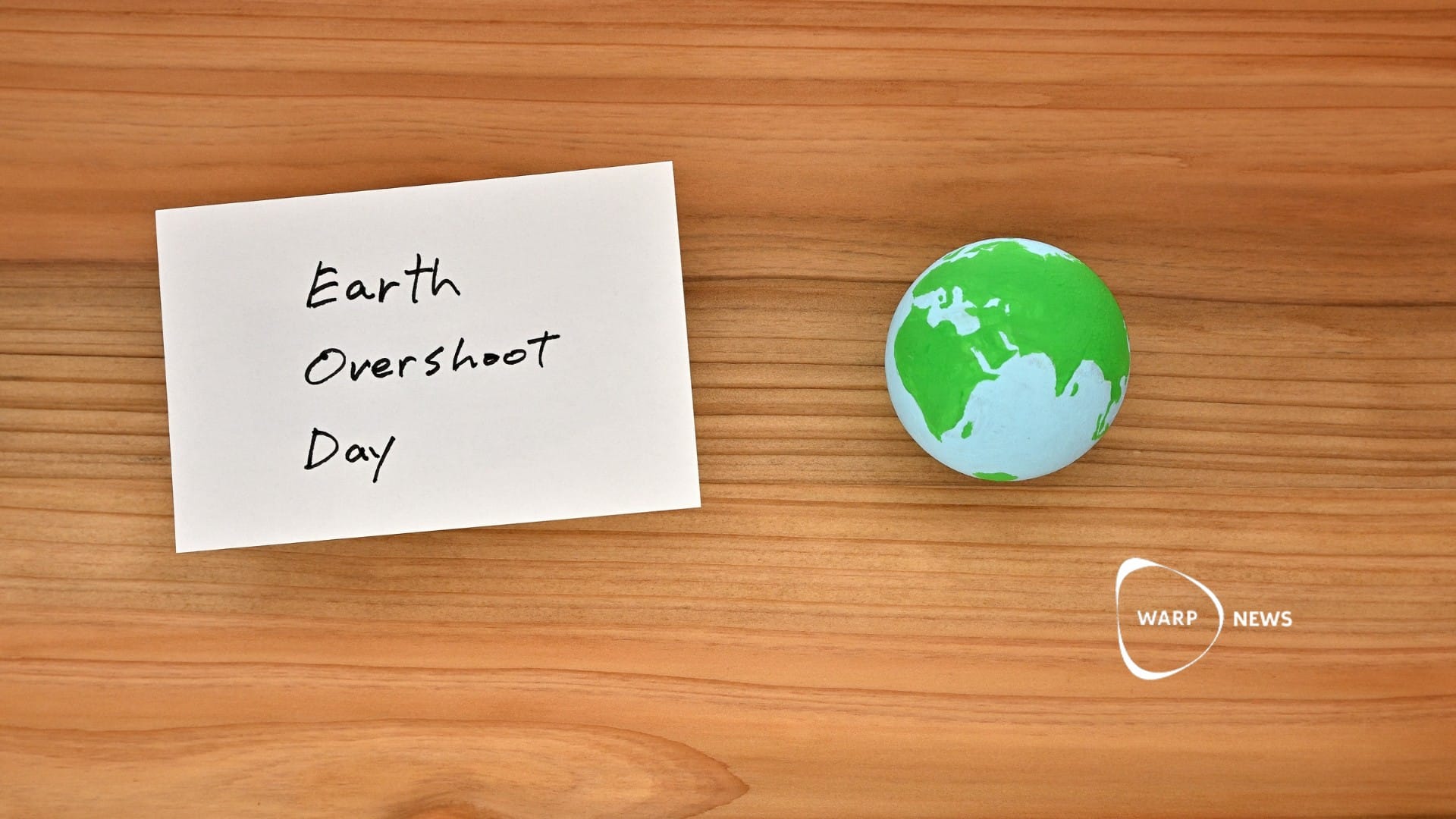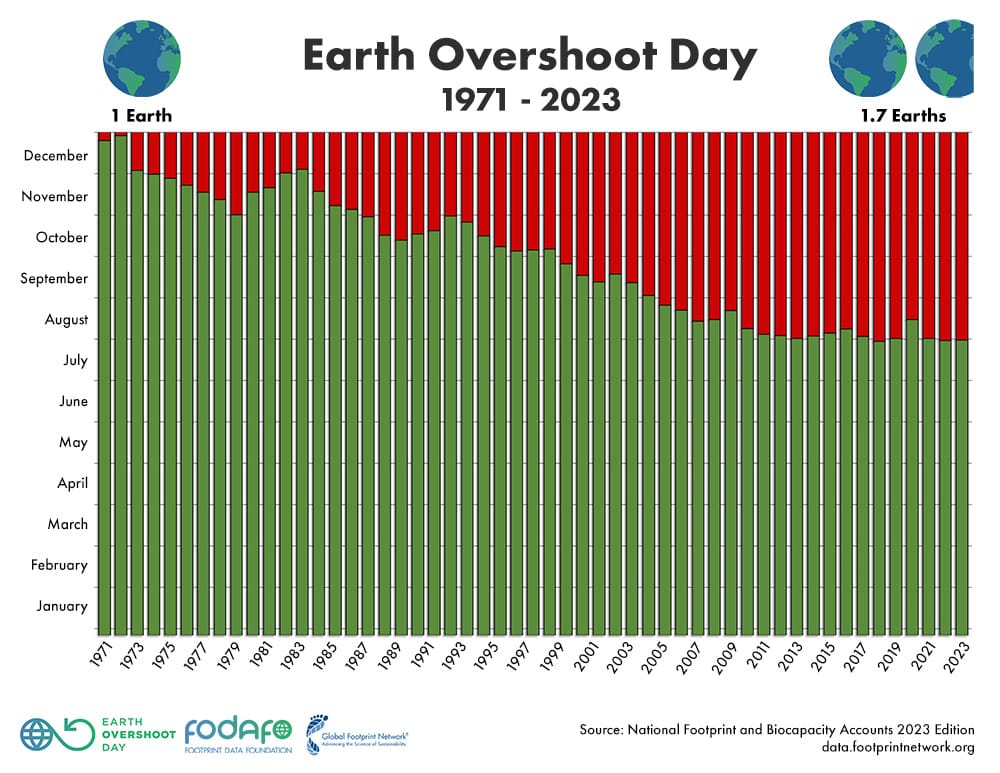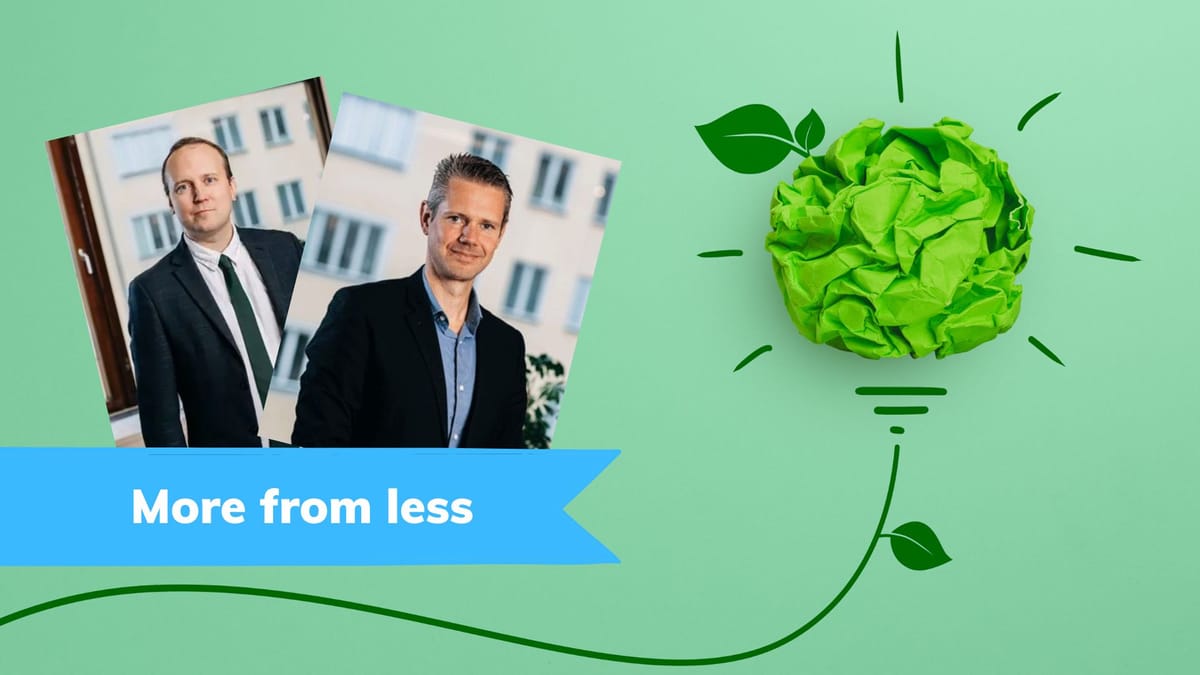
🌎 Global Overshoot Day occurs later this year
According to the Global Footprint Network, ecological "overshoot" occurs when human demand exceeds the regenerative capacity of natural ecosystems. The later in the year this day occurs, the better. (But the model also has clear flaws.)
Share this story!
Overshoot Day is the day when Earth's resources are exhausted for the year, according to a calculation by the Global Footprint Network. The later in the year this day occurs, the more in sync we are.
Last year, the so-called Global Overshoot Day occured on August 1. This year it occurs on August 2. It is, therefore, moving in the right direction. This is partly thanks to major resource users like the USA making improvements.
Sweden has made significant strides in the right direction, and this year's Swedish 'overshoot day' occurs 18 days later compared to last year, as shown by Climate Hero.
"We see a clear trend where more and more Swedes are taking responsibility for their climate footprint and actively striving to reduce it, but there are other reasons for the shift in Sweden’s Overshoot Day, such as economic inflation and cleaner energy sources," says Robert Sabelström, CEO of Climate Hero.

According to the Global Footprint Network, ecological "overshoot" occurs when human demand exceeds the regenerative capacity of natural ecosystems. Global overshoot happens when humanity demands more than what the biosphere can renew. In other words, humanity's ecological footprint exceeds what the planet can regenerate. The biosphere's regenerative capacity includes resource replenishment and the absorption of waste, such as carbon dioxide from fossil fuels.
Earth Overshoot Day marks the date when humanity's demand for ecological resources (such as fish and forests, for example) and services in a given year exceeds what Earth can regenerate in that year.
A partially problematic measure
The conclusion from the Global Footprint Network is that we are using 1.7 Earths instead of one. This often misleads the thought that we should stop doing many things to survive on Earth. Sure, there are things we could do less of, but primarily it's about doing more with less.
The idea of an area having a certain natural capacity originally came from William Vogt. He had a very extreme view of human's role on Earth and already in the 1940s wanted the human population to decrease dramatically.
This is the kind of ideology you risk endorsing when you argue that the Earth and nature have certain limits.
At the same time, it can be a useful model of thought to understand how much more sustainable we need to become. The modern world uses a lot of resources, but it also enables better healthcare, health, education, and many other vital aspects. The challenge is precisely to do more with less, but we have already shown that we are capable of this in several countries.


Mathias Sundin
The Angry Optimist
By becoming a premium supporter, you help in the creation and sharing of fact-based optimistic news all over the world.



